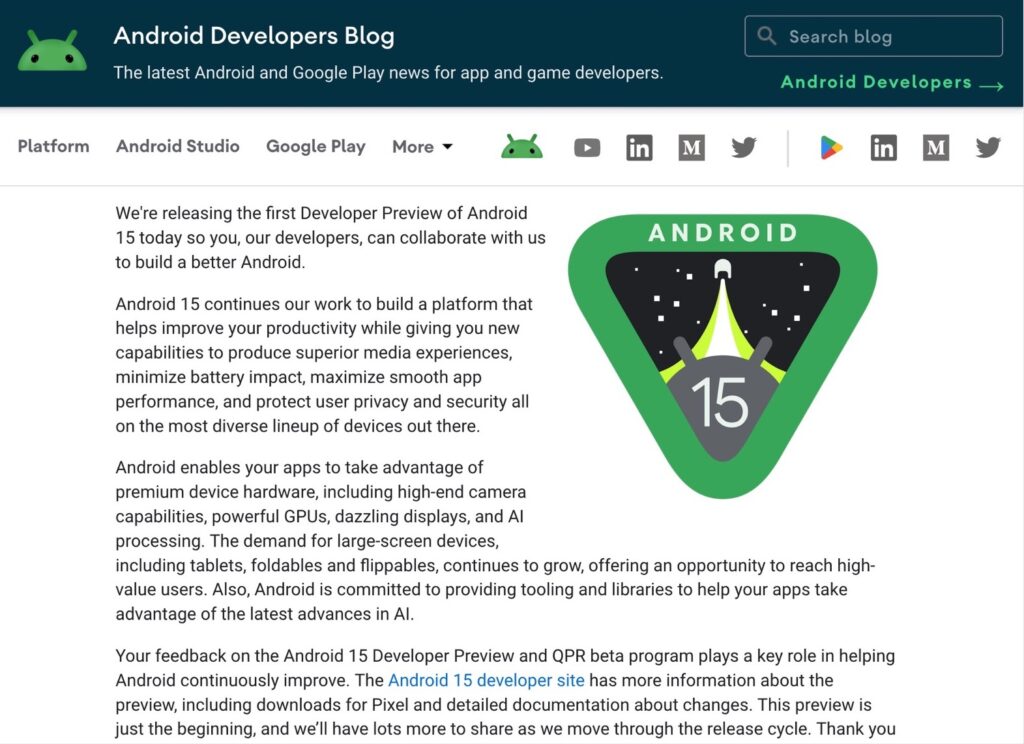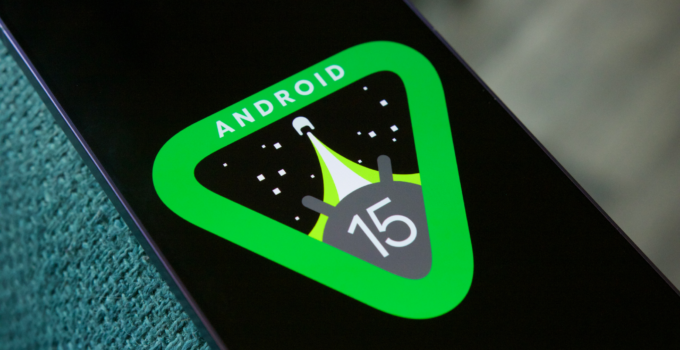Android 15 Unveils Satellite Messaging. Google’s journey into the future of mobile connectivity takes a significant leap with the announcement of the second developer preview of Android 15. This new iteration of the world’s most popular mobile operating system heralds the introduction of satellite messaging, a feature poised to redefine communication in areas bereft of conventional cellular networks. Alongside this groundbreaking development, Android 15 is set to enhance user experience with improvements spanning NFC contactless payments, multilingual recognition, volume consistency, and enriched interaction with PDFs through apps.
Activating Screen Distance in iOS 17
The developer previews serve as a crucible for testing and refining features that are earmarked for the final version, expected to make its public debut later in the year. Google’s timeline indicates that public beta versions will be rolled out between April and July, offering a broader user base the opportunity to experience the latest innovations firsthand.
The inclusion of satellite messaging in Android 15 marks a pivotal moment in mobile communication. This functionality promises to extend messaging capabilities to the most remote corners of the globe, leveraging satellite connectivity for sending and receiving messages through pre-installed RCS applications. Google’s commitment to this feature underscores a vision for ubiquitous connectivity, ensuring that Android users remain connected even in the absence of traditional mobile networks.
Android 15 aims to seamlessly integrate satellite connectivity, with a user interface designed to clearly indicate when the feature is active. This integration may also necessitate adjustments to app functionalities, optimizing them for the unique characteristics of satellite communication.
A noteworthy addition to Android 15 is the introduction of screen recording detection for apps. This feature is designed to enhance privacy and security by alerting users when their activity is being captured, addressing growing concerns over digital surveillance and unauthorized recording.
The new version also promises improvements in NFC contactless payments, building on the convenience and reliability of tapping to pay. These enhancements are expected to streamline transactions, making them quicker and more secure for Android users.
Multilingual audio recognition receives a significant upgrade in Android 15, building on the foundation laid by Android 14. This feature is tailored for a global audience, ensuring that switching between languages does not result in lost words or misunderstandings, thereby enhancing the user experience for multilingual individuals.
For users of flip phones with small screens, Android 15 is set to unlock new possibilities. Developers will gain access to more tools for creating engaging and functional experiences on these compact devices, heralding a renaissance for the flip phone form factor.

Volume consistency across different types of content has been a longstanding challenge for mobile users. Android 15 addresses this issue with the adoption of the new CTA-2075 volume standard, aiming to eliminate the need for manual adjustments when transitioning between media types.
Finally, Google is poised to revolutionize how users interact with PDFs on Android devices. The upcoming version will introduce comprehensive improvements to PDF functionalities within apps, including support for password protection, annotations, form editing, and enhanced search capabilities, complete with the ability to select and copy text.
As Google gears up for the public release of Android 15, the developer previews illuminate a path toward a more connected, convenient, and secure mobile experience. The anticipated features, from satellite messaging to advanced PDF interaction, reflect Google’s ongoing commitment to innovation and user-centric design. With Android 15, users can look forward to an operating system that not only keeps pace with the evolving digital landscape but also sets new standards for what mobile technology can achieve.
